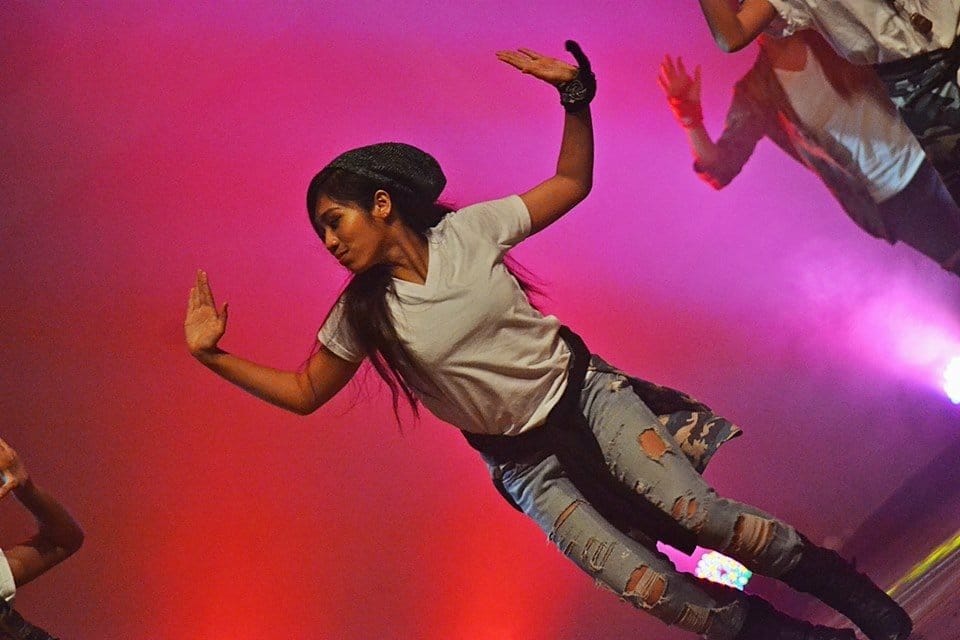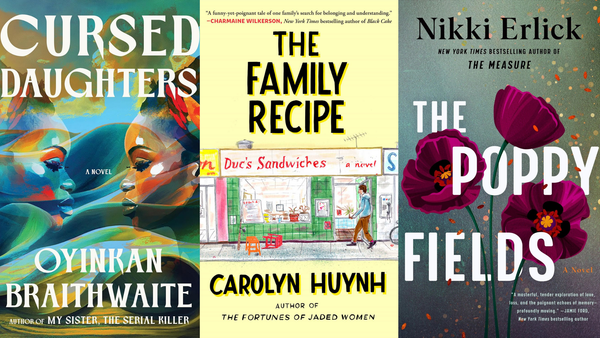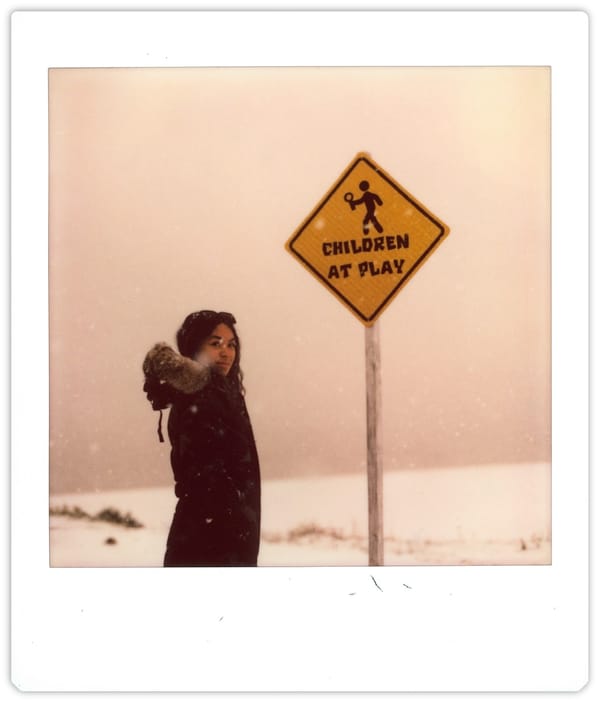Navigating life as a bipolar creative
Maria Aranza Peralta says she is glad to let the world know she is a bipolar creative and still living a life filled with hope, positivity and art.

Having bipolar disorder may seem like an affliction, and even a curse, if you are new to your diagnosis. At first, I was shattered and in denial when I discovered that this is a lifetime condition. Today, I learned to accept that bipolar disorder is a part of me and I must cope with it.
I can still vividly remember how a former dance mate looked at me as my mania escalated back in January 2018. He was shocked and confused as we had our dinner that night. His eyes told as if a lunatic was speaking nonsense in front of him. This initial manic episode lasted for almost a week, but it was just the beginning of how I navigate life as someone clinically diagnosed with bipolar disorder.
During my initial manic attack, I experienced hallucinations and delusions. I saw angels, demons and UFOs back then. I also heard voices in my head asking me to go out of control and had gustatory hallucinations, which is the hallucination of taste.
One of the nurses in a home care that I stayed with recently told me that bipolar disorder usually starts with having depression. I pondered this thought. I realized it all started around 2010 when I was in high school.
My family had a drastic problem: my siblings and I were separated, and my grandmother, who was the one who took care of me, almost ended herself. It was so awful, and I was so devastated and hopeless. I also had suicidal thoughts that time, but visiting a psychiatrist was not an option then, because I thought that experiencing those things was normal.
I was a master of hiding my emotions. Years later, I lived a normal, mundane life even with repressed traumas inside. I juggled university studies, dancing and casually dating.
In 2015, I found a match. It was joyful at first, but as time passed by, we became toxic toward each other. Our insecurities heightened, the traumas we endured came out, and our relationship became worse than ever. We decided to call it quits.
I was at my breaking point when I accepted that we should separate ways. I could not accept it at that time, because I was codependent. I was so addicted to his presence that I forgot that I should love myself first.
I was lost. In 2017, I became part of a church in Manila but decided to leave after a brief stay as a Sunday school teacher. There were activities there that triggered my initial manic episode, and I became clinically diagnosed with bipolar disorder in January 2018.
I eventually found help from my psychiatrists, family and close friends. I sought clinical therapy, where I was prescribed medication and learned how to balance my diagnosis. Aside from that, I also do art therapy in order to stabilize my mind and my emotions.
A study found that “people at a higher genetic risk for bipolar disorder were more likely to work as artists.” When I worked as a creative director, I was in charge of checking the visual outputs of graphic artists. I could see the colors and shapes visually breathing.
For months, I never thought that these were hallucinations. Rather, in my introspection, this was an ability that helped me become more efficient in my job. Through this, I could determine if the elements of the posters matched each other. I could see if their sizes, colors and positions were visually appealing and the overall aesthetic of the deliverable.
I did not think these visions were part of my disability, but rather a special ability that I had as a neurodivergent. In one of my therapies, I asked my psychiatrist about this experience. He said that because I have a different neurological function than normal people, I experience this. He added that even though it is beneficial for my work, this symptom still needed to stop, because it was still visual hallucinations.
As a creative, sometimes being bipolar helps when I am hypomanic. My mind races with ideas that help me conceptualize. I am more confident with my creativity. I even talk by myself in my room, envisioning how to execute my concepts well, and even imagining a large crowd listening to me as if I am a speaker on my own TED Talk.
Some may say that I am delusional when I do this, but I am not. I just feel like practicing when I am hypomanic. I am still aware of what is real and what is not. Aside from that, I write and write, and write my racing thoughts, because when the hypomania subsides, the ideas also subside.
Regular check-ups, a healthy lifestyle and self-awareness and art are my keys to manage my condition. My senses are more sensitive than neurotypical people which is why my mood is heavily influenced by these creative factors, so art remains my coping mechanism for my condition. I continue to do art therapy through dance, music, coloring, poetry and art gallery visitations.
I am glad to let the world know that I am a bipolar creative, and I am still living my life filled with hope, positivity and art. Accepting my condition makes my life more meaningful and much easier than being in denial that I have bipolar. Plus, I am truly grateful for the people that support me in the ups and downs of my existence. Without the help of my family, friends and psychiatrist, I would not recover quickly from my episodes.





